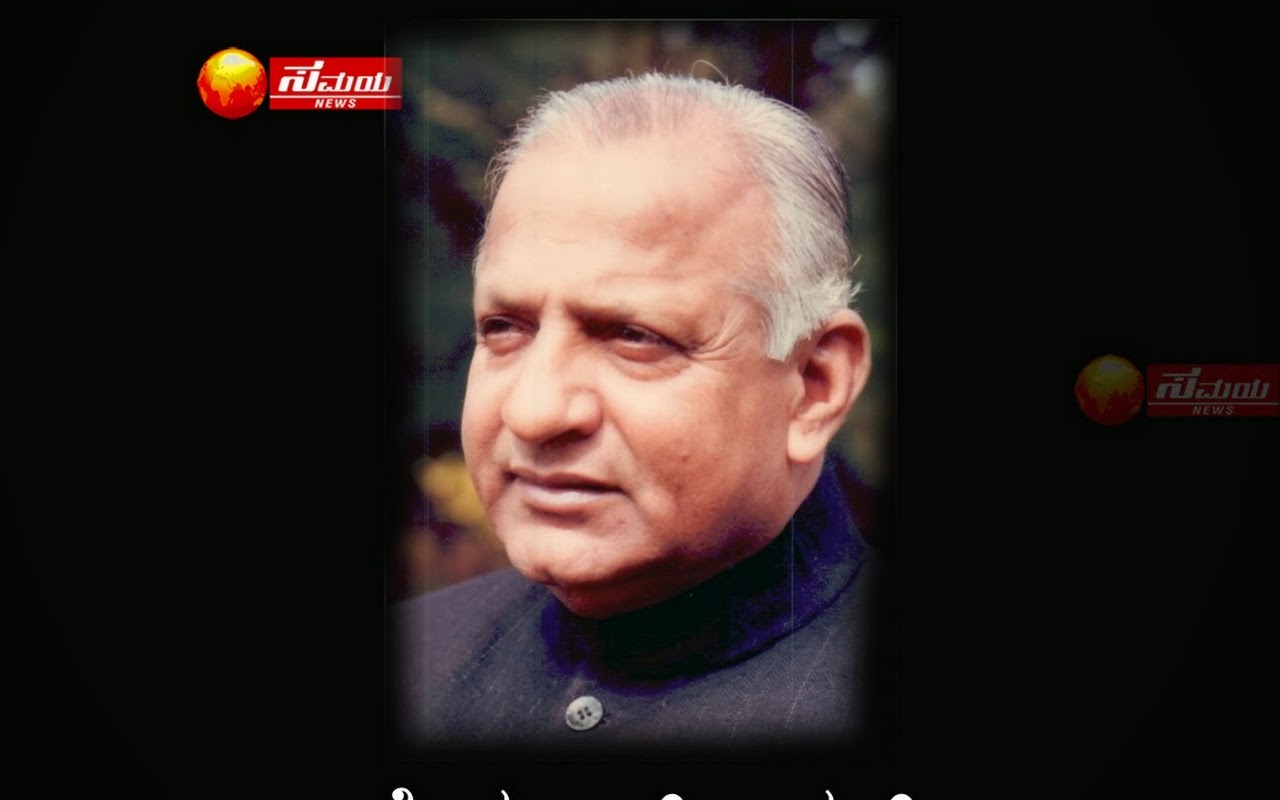*Government_Scheme*
*✍🏻 9 New Schemes announced in UnionBudget 2018 -19*
📍📍📍📍📍📍📍📍📍📍
▪️Union Finance minister Arun Jaitley presented Union Budget 2018 in Parliament. It is last full budget of Narendra Modi Government before 2019 Lok Sabha elections. Several new schemes were announced. Some of them are
*✅ National Health Protection Scheme*
▪️National Health Protection Scheme (Ayushman Bharat Scheme) will cover 10 crore poor and vulnerable families. Under it, up to Rs 5 lakh insurance cover will be provided to each family per year in secondary and tertiary care institutions. It will have 50 crore beneficiaries. It will be world’s largest government-funded healthcare programme.
*✅ Operation Green*
▪️It will be launched with an allocation of Rs 500 crore on the lines of Operation Flood. It aims to promote farmer producers organisations, processing facilities, agri-logistics and professional management. It also aims to aid farmers and help control and limit erratic fluctuations in the prices of tomatoes, onions and potatoes (TOP). It is essentially price fixation scheme that aims to ensure farmers are given the right price for their produce. The idea behind it is to double the income of farmers by the end of 2022.
*✅ Eklavya School*
▪️Eklavya schools will be established for scheduled caste (SC) and schedule tribe students by 2022 on the lines of Navodaya schools. They will be model residential schools set up in each Block. It will in areas with more than 50% tribal areas and 20,000 tribal people. These schools will be part of Navodaya Vidyalayas. It will provide training in sports and skill development. It has special facilities for preserving local art and culture.
*✅ Revitalising Infrastructure and Systems in Education (RISE) Scheme*
▪️RISE scheme aims to lend low-cost funds to government higher educational institutions. It will be launched with a total investment of Rs. 1 lakh crore in the next four years. It will be financed via restructured higher education financing agency (HEFA), a non-banking financial company. Join Telegram Channel DailyGKZone.
*✅ Prime Minister Fellowship Scheme*
▪️It is aimed at facilitating cutting edge research by provide high fellowship amounts to 1000 B. Tech students to pursue PhD in IITs and IISc. Its purpose is to make to produce better research in India and make its institutions climb up in global rankings.
*✅ Kisan Credit Card to Fishermen and Cattle owners*
▪️Kisan Credit Card was extended to fishermen and cattle owners. It will enable them to avail the easier loans. It will help people associated with milk production business in rural areas by providing financial assistance and also to fisheries.
*✅ Affordable Housing Fund (AHF)*
▪️Affordable Housing Fund (AHF) will be created under National Housing Bank (NHB). It will be funded from priority sector lending shortfall and fully serviced bonds authorised by Central Government. Beyond this, he did not elaborate about the proposed Fund. It will be used to construct one crore households in the rural areas Pradhanmantri Awas Yojana.
*✅ Gobar-Dhan Yojna*
▪️Gobar-Dhan Yojana (also known as Galvanizing Organic Bio-Agro Resource Fund scheme) aims to improve lives of the villagers. Under it, solid waste of dung and fields will be changed into compost, biogas and bio-CNG.
*✅ National Bamboo Mission*
▪️Rs. 1,290 crore will be allocated under this scheme to help development of bamboo production as an industry in the country. This will help the people of rural and tribal areas.
